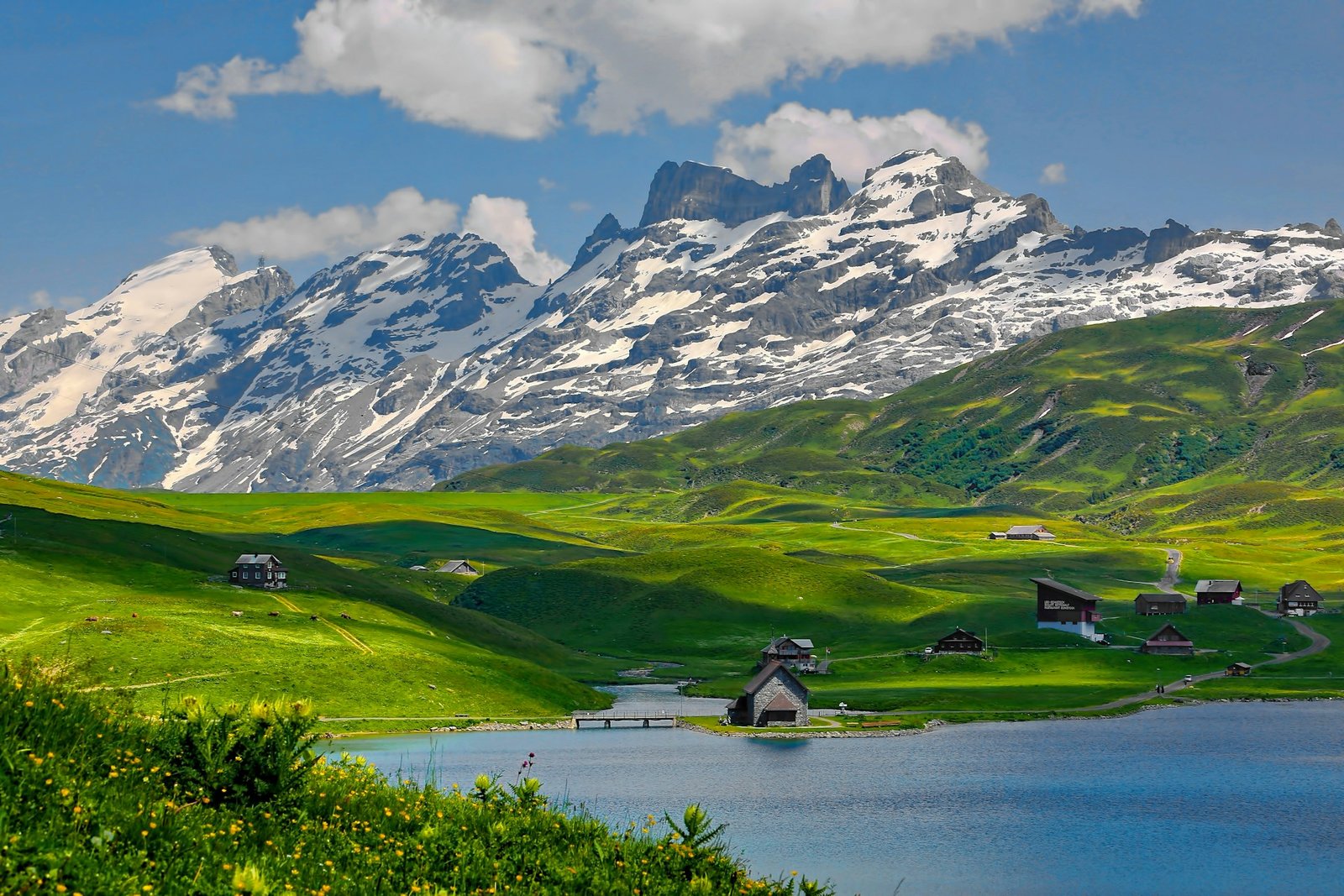Planning a trip to Spain? While this vibrant country is known for its sunny weather and rich culture, not all times of the year offer the best travel experience. In this guide, we’ll explore the worst times to visit Spain and provide tips to help you plan a perfect trip. We’ll cover everything from extreme summer heat to unexpected rain and cold winters, ensuring you know exactly what to expect.
Quick Answer for Busy Readers
The worst times to visit Spain are:
- July and August: Scorching summer heat, especially in the south and central regions.
- April and October: Heavy rainfall, particularly in the northern regions.
- December to February: Cold winters, especially in central and northern Spain.
- Peak tourist seasons: Summer holidays, Easter, and Christmas due to overwhelming crowds.
Ideal Times to Visit:
- Spring (April to June): Pleasant weather and fewer crowds.
- Autumn (September to November): Comfortable temperatures and beautiful scenery.
Spain, with its diverse regions and climates, offers something for every traveler. However, to make the most of your visit, it’s essential to be aware of the times when the weather or crowds might hinder your plans. Whether you’re dreaming of sunbathing on the Costa del Sol, exploring historical cities, or hiking in the Pyrenees, this guide will help you avoid the less favorable conditions.
Scorching Summers: July and August
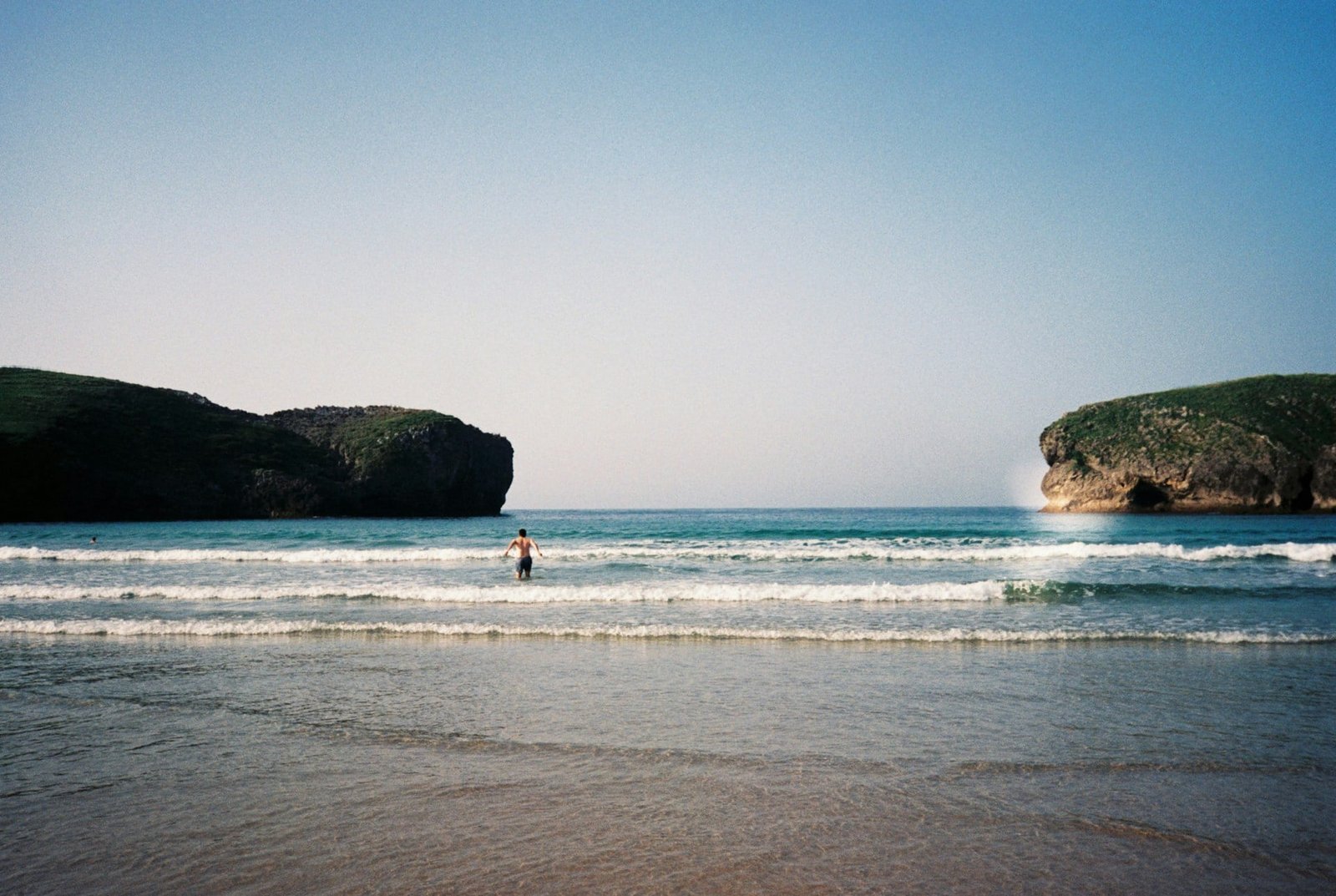
Why Summer Heat Can Be Overwhelming?
Spain’s summers, especially in the south, can be incredibly hot. Cities like Seville, Cordoba, and Madrid often experience temperatures soaring above 40°C (104°F). This extreme heat can make sightseeing exhausting and outdoor activities almost unbearable.
Key Locations Affected:
- Seville: Known for its intense summer heat.
- Cordoba: Another southern city where temperatures can be extreme.
- Madrid: The capital city also experiences high summer temperatures.
Tip: If you must visit during these months, consider cooler northern regions like Galicia or the Basque Country.
Coping Strategies for the Heat
- Stay Hydrated: Always carry water with you.
- Seek Shade: Plan activities for early morning or late evening.
- Wear Appropriate Clothing: Light, breathable fabrics can help you stay cool.
Rainy Seasons: April and October
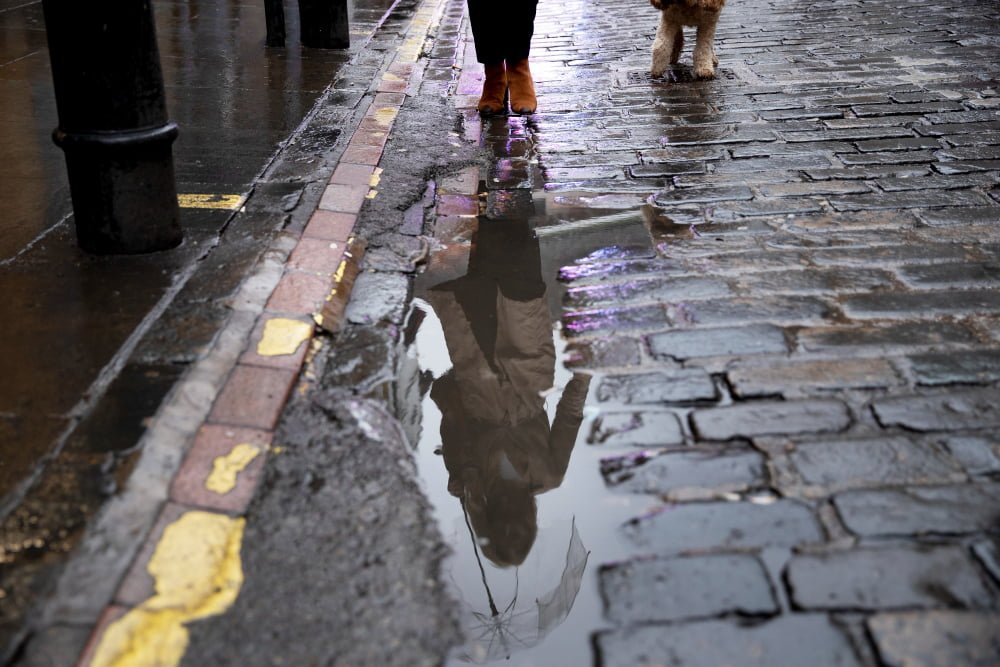
When Does Spain Experience the Most Rain?
Spring and autumn, particularly April and October, are the rainiest months in Spain. The northern regions, including Galicia, Asturias, and the Basque Country, are especially prone to heavy rainfall during these times.
Key Locations Affected:
- Santiago de Compostela: Known for its pilgrimage routes and frequent rain.
- Bilbao: Often experiences heavy showers in spring and autumn.
Tip: Pack an umbrella and waterproof clothing, and have a plan for indoor activities.
Making the Most of Rainy Days
- Indoor Attractions: Museums, art galleries, and historical sites are great alternatives.
- Local Cuisine: Enjoy the culinary delights of Spain in cozy restaurants and cafes.
Cold Winters: December to February
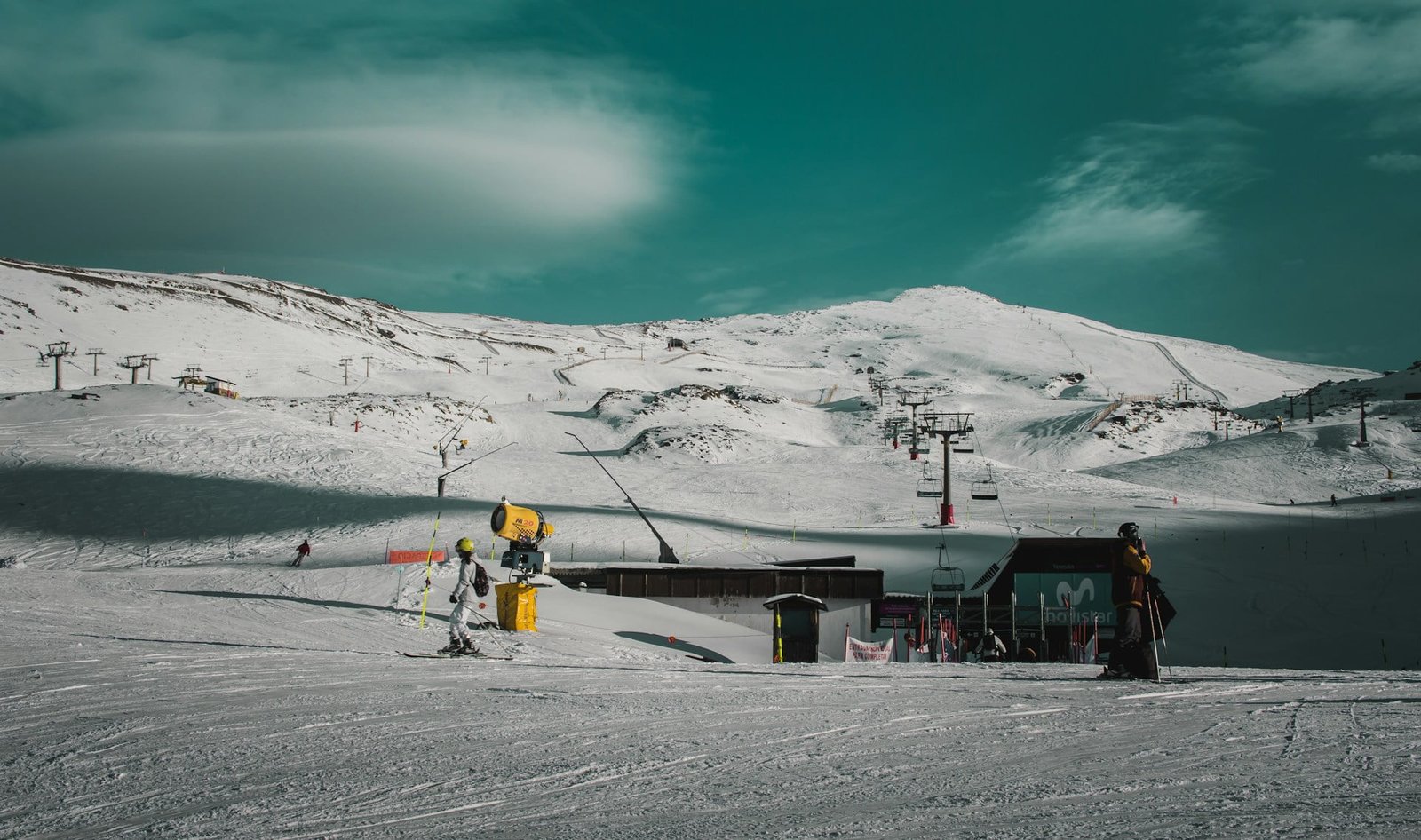
How Cold Does It Get in Spain?
While coastal areas like the Costa del Sol remain mild, central and northern Spain can get quite cold in winter. Madrid and the interior regions can see temperatures drop close to freezing, with occasional snow.
Key Locations Affected:
- Madrid: Experiences cold winters with possible snowfall.
- Pyrenees: Ideal for skiing but very cold for general tourism.
Tip: For a milder winter, consider visiting the Canary Islands or the southern coast.
Winter Travel Tips
- Dress in Layers: Prepare for varying temperatures.
- Enjoy Winter Sports: If you enjoy skiing, the Pyrenees and Sierra Nevada are perfect destinations.
Coastal Winds: Levante and Poniente

Understanding Spain’s Coastal Winds
Spain’s coastal regions, especially around the Strait of Gibraltar, are affected by strong winds. The Levante wind from the east can bring hot, humid conditions, while the Poniente wind from the west brings cooler, dry air.
Key Locations Affected:
- Gibraltar: Known for its challenging wind conditions.
Tip: Check local weather forecasts and be prepared for windy days.
Dealing with Windy Conditions
- Secure Your Belongings: Make sure your items are safe from strong gusts.
- Flexible Plans: Be ready to adjust your plans based on the weather.
Extreme Weather Events: Floods and Heatwaves
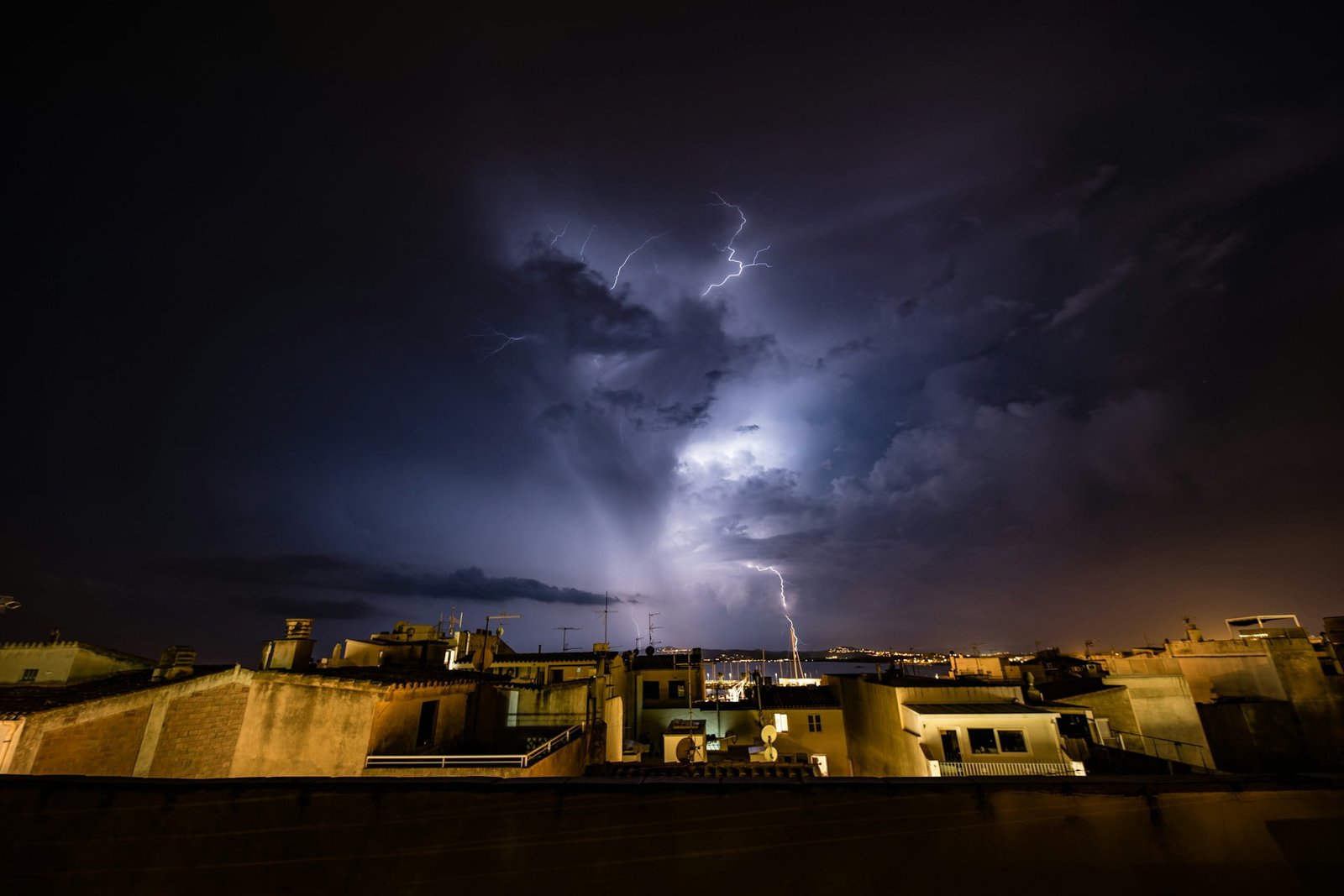
Recognizing the Risks
Spain occasionally faces extreme weather events such as flash floods and heatwaves. The Mediterranean coast, including cities like Valencia and Barcelona, can experience sudden heavy rains leading to flooding. Heatwaves are also a common occurrence in summer.
Key Locations Affected:
- Valencia: Prone to flash floods.
- Barcelona: Can experience both heatwaves and heavy rains.
Tip: Stay informed about weather alerts and take necessary precautions.
Staying Safe During Extremes
- Follow Local Advice: Pay attention to weather warnings and advice from authorities.
- Be Prepared: Have an emergency kit and know evacuation routes in case of floods.
Busy Tourist Seasons
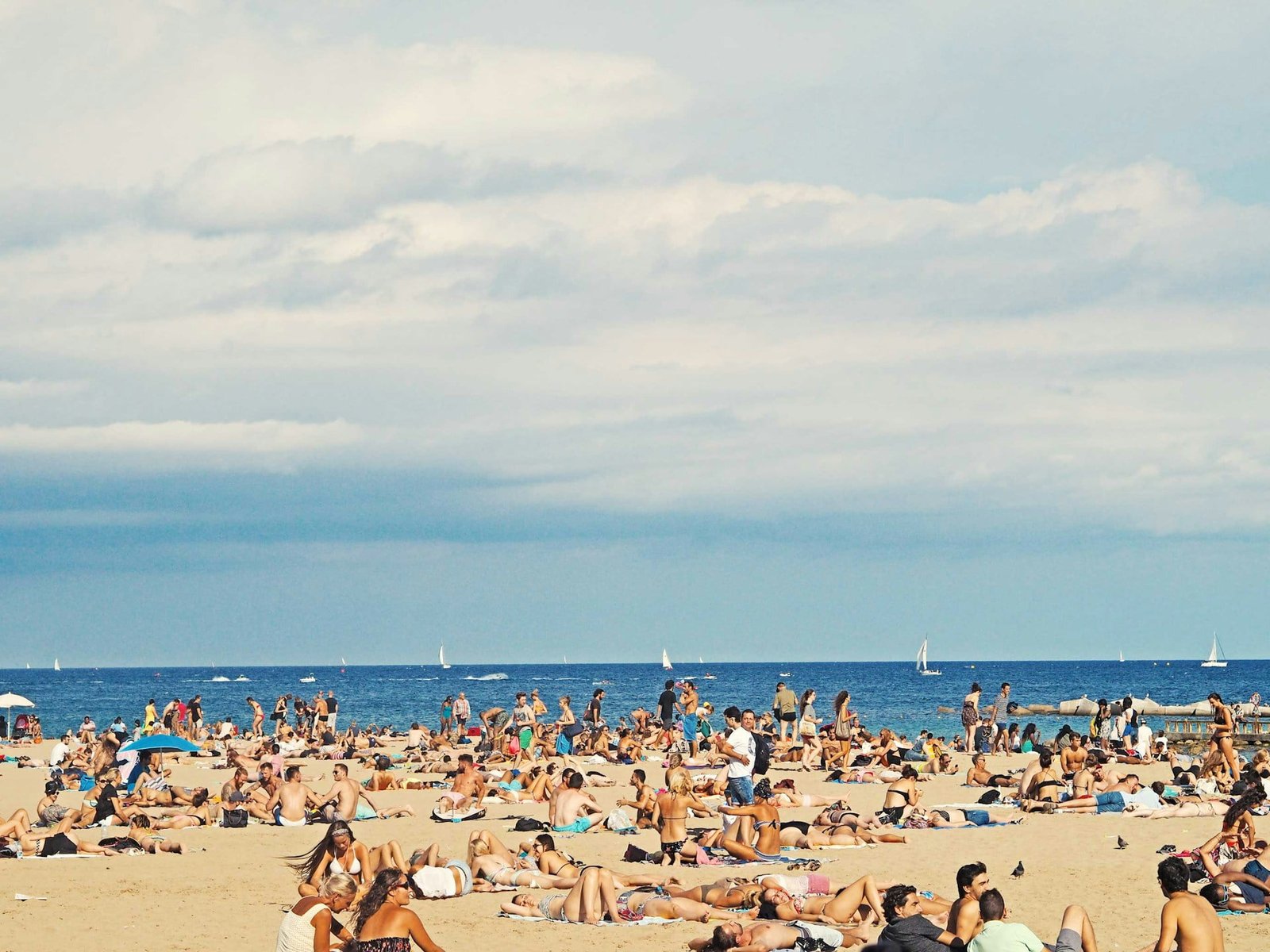
High Season Crowds
Besides weather, another factor that can make visiting Spain less enjoyable is the peak tourist season. Summer and major holidays like Easter and Christmas can see overwhelming crowds, making it difficult to enjoy popular attractions.
Key Locations Affected:
- Barcelona: Extremely crowded in summer and during major holidays.
- Madrid: High tourist traffic during Christmas and Easter.
- Costa del Sol: Packed beaches and resorts in summer.
Tip: For a more relaxed experience, visit during the shoulder seasons (late spring or early autumn).
Tips for Managing Crowds
- Book in Advance: Secure tickets for popular attractions ahead of time.
- Explore Off the Beaten Path: Discover lesser-known sites and enjoy a more peaceful visit.
- Visit Early or Late: Go to popular spots early in the morning or late in the afternoon to avoid peak crowds.
Ideal Times to Visit Spain

Spring and Autumn: The Best of Both Worlds
While we’ve highlighted the worst times to visit, it’s also important to know when Spain is at its best. Spring (April to June) and autumn (September to November) offer mild weather, fewer crowds, and beautiful scenery.
Advantages:
- Pleasant Weather: Comfortable temperatures for sightseeing and outdoor activities.
- Fewer Crowds: Easier to explore popular destinations without the peak season rush.
- Seasonal Festivals: Experience local culture through various spring and autumn festivals.
Recommended Activities
- Spring: Enjoy the blooming landscapes and visit historical sites.
- Autumn: Participate in wine harvest festivals and enjoy the fall foliage.
Get the scoop on all things travel right here! Get your Spain travel info here .
Conclusion
Spain’s diverse climate means that weather conditions can vary significantly by region and season. By understanding the worst weather conditions, you can better plan your trip and enjoy everything this beautiful country has to offer. Whether you’re aiming to avoid the scorching summer heat, the heavy rains of spring and fall, or the cold winter months, being prepared is key to a successful trip.
FAQ’S
What is off season in Spain?
The off season in Spain typically runs from November to February, excluding the Christmas and New Year holidays. During these months, tourist numbers are lower, and many attractions and accommodations offer discounted rates. However, weather can be colder, especially in northern and central regions.
What is the best month to go to Spain?
May is often considered the best month to visit Spain. The weather is pleasantly warm but not too hot, making it ideal for sightseeing and outdoor activities. Additionally, it’s before the peak tourist season, so you can enjoy popular destinations with fewer crowds.
What is the cheapest time to go to Spain?
The cheapest time to visit Spain is usually during the winter months of January and February, excluding the holiday season. During these months, flight and accommodation prices are typically lower, and there are fewer tourists, allowing for a more budget-friendly and less crowded experience.
How many days are enough for Spain?
A trip of 10 to 14 days is generally enough to get a good overview of Spain. This allows time to visit major cities like Madrid, Barcelona, and Seville, as well as explore regions like Andalusia and Catalonia. However, even a week-long trip can be fulfilling if focused on a specific area.
What is the rainiest part of Spain?
The rainiest part of Spain is the northern coastal region, particularly Galicia. Cities like Santiago de Compostela and A Coruña experience frequent rainfall throughout the year, with the heaviest rains typically occurring in the autumn and winter months.
Where in Spain is the best weather all year round?
The Canary Islands boast the best weather year-round in Spain. With a subtropical climate, these islands enjoy mild temperatures, plenty of sunshine, and minimal rainfall, making them a popular destination at any time of the year.
What is the prettiest part of Spain?
Andalusia, in southern Spain, is often considered the prettiest part of the country. Known for its stunning Moorish architecture, picturesque white villages, and scenic landscapes, highlights include the Alhambra in Granada, the Mezquita in Cordoba, and the historic city of Seville.
What is the best time to visit Spain?
The best time to visit Spain is during the spring (April to June) and fall (September to November) months. During these periods, the weather is comfortable, tourist crowds are smaller, and prices are more reasonable compared to the peak summer months.





